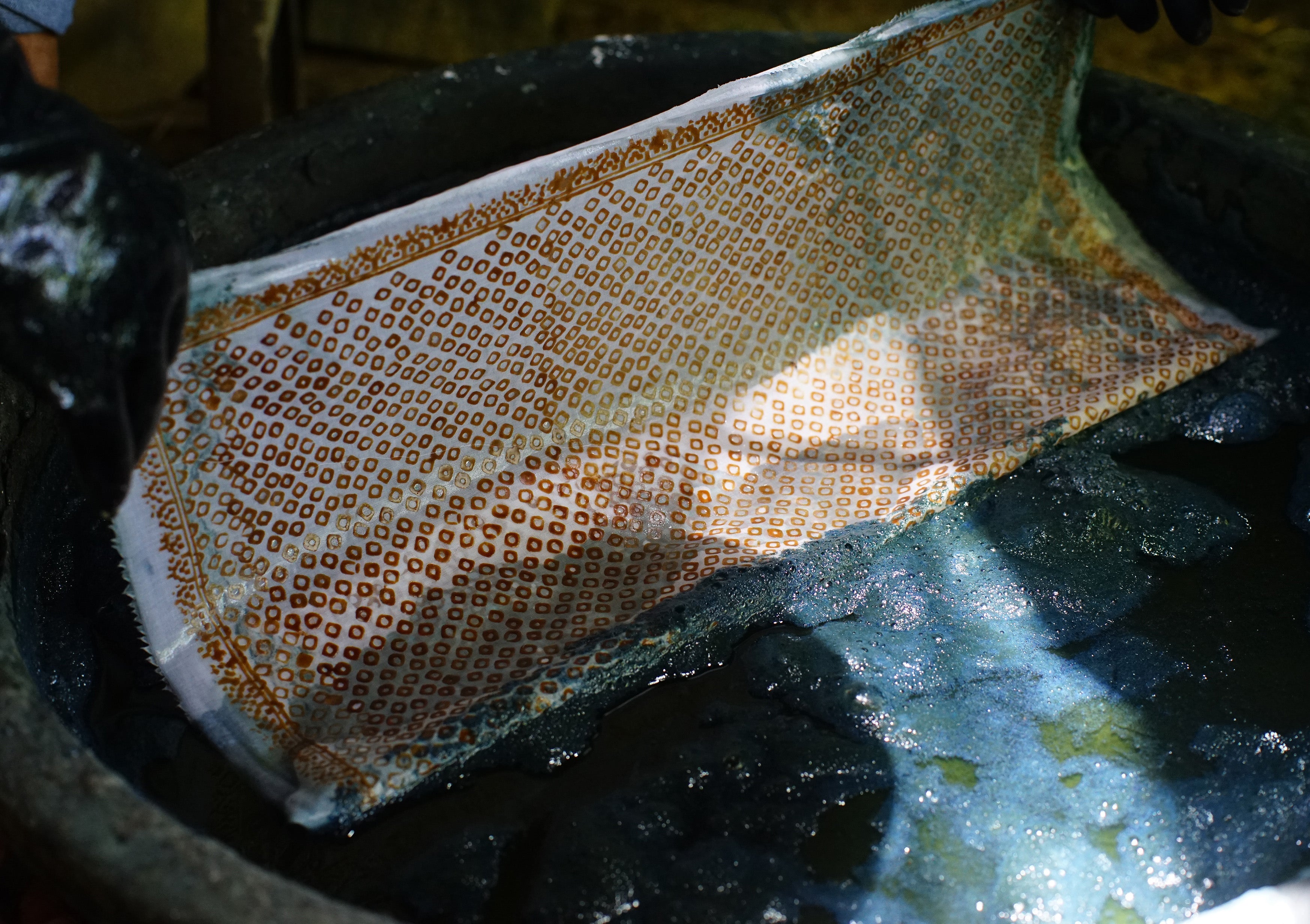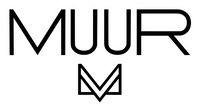

Traditional batik originated in Java, Indonesia, as a wax-resist technique of dyeing fabric. The artisans we partner with in Java come from a long family heritage of batik artistry.
The process starts with melting bars of wax. The women artisans use a special tool called the canting that's dipped in the hot wax and used to draw patterns directly onto the organic cotton or silk fabrics we use at MUUR. When seeing a brand new design, the women may draw guides in pencil onto the fabric at first, but after a few times they are able to directly apply the pattern onto fabric without reference. Just amazing.


Some patterns are also applied by block printing. For each new pattern, a new metal stamp needs to first be created, which could take many weeks. The block printing process also uses hot wax, dipping the stamp in the wax and then pressing it on the fabric. This process is repeated several times to create an allover pattern. It is very precise work and the artisans are incredibly good at it.


The indigo dye we use is extracted from the Indigo Tinctoria plant with its distinct blue color. In ancient times, indigo was a precious commodity because the plant's leaves only contain a small amount of the color. Many plants are needed to produce a significant amount of dye, and our artisans have longstanding relationships with the farmers several indigo fields.
Today, many indigo products are made from synthetic chemicals, but we are proud to say that we use 100% natural indigo.


The 100% natural dye that’s used at MUUR is made of indigo paste from the plant, palm sugar and natural chalk. There are no synthetic ingredients involved in the process.


Every single batik piece at MUUR gets dipped in the indigo mixture. The raw white areas of the fabric will turn blue, and the wax-covered pattern resists the dye and will eventually show white.


Depending on the desired tone and depth of color, each piece gets dipped in the indigo multiple times. After that, they get rinsed in a bath.


The pieces are then boiled to remove the wax and the pattern in white is revealed. The final pattern is now fully visible and all the pieces get to dry outside in the sun.


The artisans apply the finishing touches and then MUUR scarves, bandanas, pocket squares and face masks are ready to be shipped to us.
